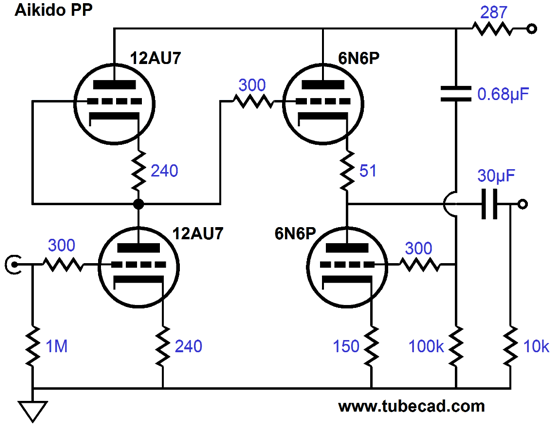6n6p V Drajvere Unch
Aug 24, 2008 V.P. Is supported by the Wellcome Trust Senior Clinical Research Fellowship in Tropical Medicine. The authors express thanks to the Yuva Mitr project team for the data collection. Conflict of interest: None declared. Daily 1 1 1 2019-02-24. 1 http://driversshow.com/drivers-lan/lan-drajver-rtl-8168d-p-811d-p-pc-torent.
The American Psychiatric Association (APA) has updated its and, including with new information specifically addressed to individuals in the European Economic Area. As described in the Privacy Policy and Terms of Use, this website utilizes cookies, including for the purpose of offering an optimal online experience and services tailored to your preferences. Please read the entire Privacy Policy and Terms of Use. Chertezh reduktora betonosmesitelya sb 138b. By closing this message, browsing this website, continuing the navigation, or otherwise continuing to use the APA's websites, you confirm that you understand and accept the terms of the Privacy Policy and Terms of Use, including the utilization of cookies. An increasing number of treatment plans for individuals with attention-deficit/hyperactivity disorder (ADHD), as well as other disorders, include stimulant medication. The purpose of this study was to investigate the effects of stimulant medications on attention and impulsivity as measured by continuous performance tests (CPTs).
%2C445%2C291%2C400%2C400%2Carial%2C12%2C4%2C0%2C0%2C5_SCLZZZZZZZ_.jpg)

The effect of other stimulants (e.g., caffeine, nicotine) on CPT performance was examined as well. Although various versions of the CPT were used in the studies reviewed, the research supports improvements in CPT performance with stimulant treatment. Implications for the use of CPTs in evaluating the effects of medications on attention are discussed. Also presented are implications for control of common substances like nicotine or caffeine when CPT is used and interpreted as a measure of attention.
Abstract Background Suicide among young people has emerged as a major public health issue in many low- and middle-income (LAMI) countries. Suicidal behaviour including ideation and attempt are the most important predictors of completed suicide and offer critical points for intervention. The aim of this study is to estimate the prevalence and risk factors for suicidal behaviour in young people in India. Method and findings Cross-sectional study of 3662 youth (16–24 years) from rural and urban communities in Goa, India. Suicidal behaviour during the recent 3 months and associated factors were assessed using a structured interview. Overall 144; 3.9% [95% confidence interval (CI) 3.3–4.6] youth reported any suicidal behaviour in the previous 3 months. Suicidal behaviour was found to be associated with female gender Odds ratio (OR) 6.5 (95% CI 3.9–10.8), not attending school or college OR 1.6 (95% CI, 1.01–2.6), independent decision making OR 2.5 (95% CI 1.5–4.3), premarital sex OR 3.2 (95% CI 1.6–6.3), physical abuse at home OR 3.3 (95% CI 1.8–6.1), life time experience of sexual abuse OR 3.3 (95% CI 1.8-6.0) and probable common mental disorders (CMD) OR 9.5 (95% CI 6.3–14.5).
Gender segregated analysis found independent decision making ( P = 0.68 for interaction), rural residence ( P = 0.01 for interaction) and premarital sex ( P = 0.41 for interaction) retained association with suicidal behaviour only among females ( P. ,,, Introduction Global mortality data indicates suicide as the fourth leading cause of death among young males and the third for young females. Reliable statistics on completed suicides are uncommon in many low- and middle-income (LAMI) countries including India. Official data from India demonstrates a 27.7% increase in recorded number of suicides between 1995 and 2005 with a current suicide rate of 10.5/1 000 000. About 35% of suicides occur amongst youth (15–29 years). Two recent studies from south India, using a verbal autopsy method show that official rates are likely to be gross underestimates of the true rates. One study, for example, reported a rate of 152/100 000 for girls and 69/100 000 for boys aged 15–19 years between 1992 and 2001.